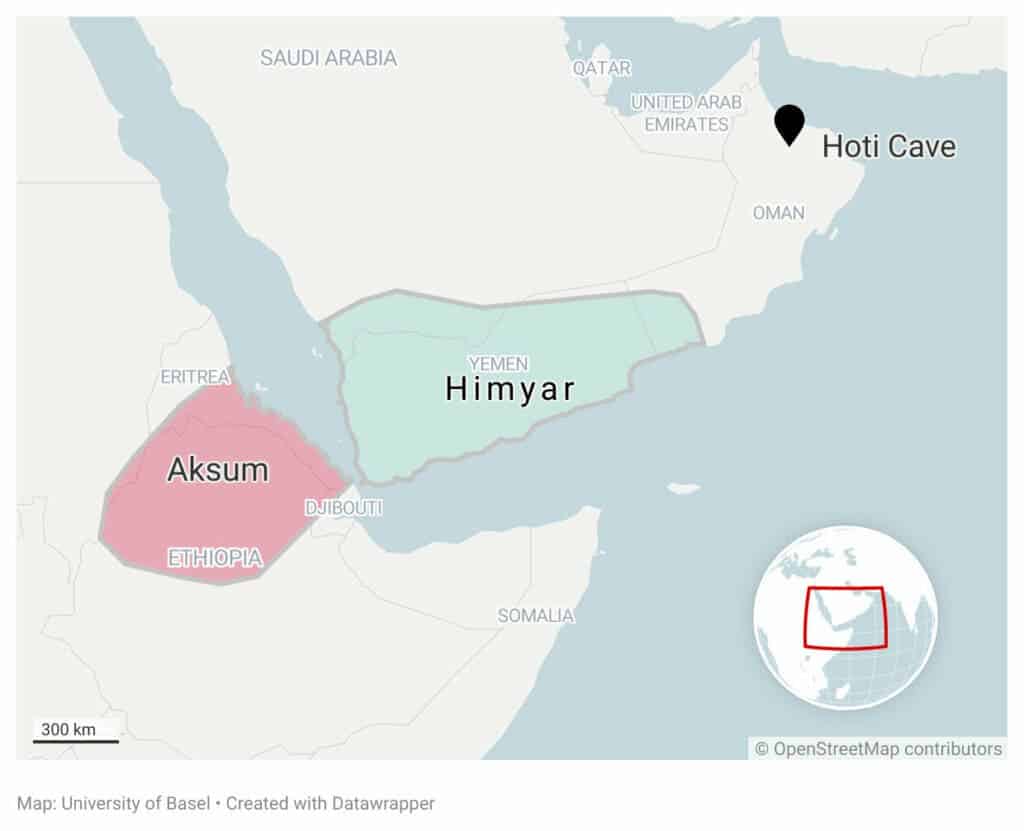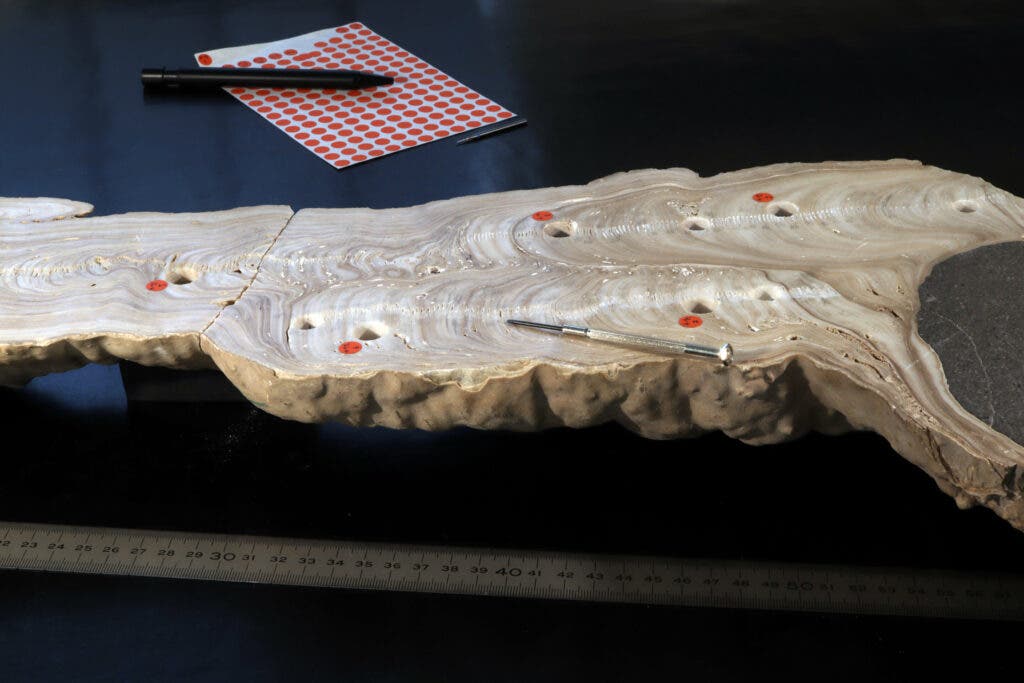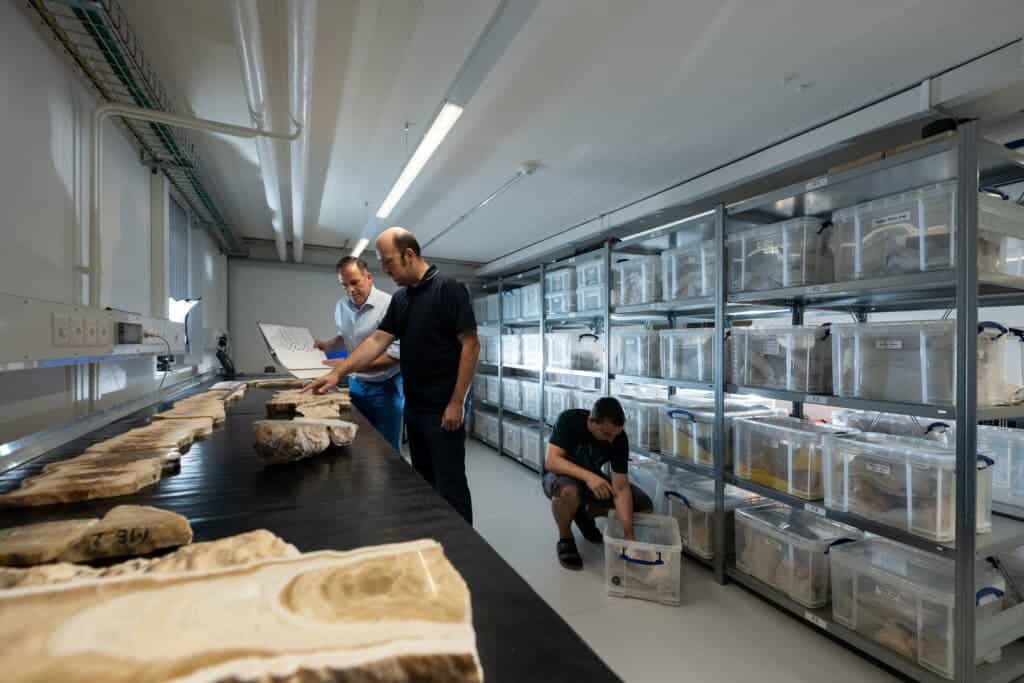
Early Islam arose in Mecca, in modern-day Saudi Arabia, during the time of the prophet Muhammad’s life. It was the early 6th century, in the context of the Late Antiquity in the Middle East — a time of political upheaval and strife, with religion playing an important role in the divisions.
The South Arabian kingdom of Himyar was one of the major players in the region. The Himyarite kingdom was initially pagan and then appeared to have switched to a single deity, with at least the society’s elite ascribing to Judaism. But by the time Islam was starting to shape up, the Himyars were ravaged by a series of droughts. Combined with political unrest and war, this left the kingdom (and consequently, the region) in disarray — paving the way for a new religion to emerge.
Drought, a cave, and religion
To this day, traces of the Himyarite Kingdom can be found on the dry plateaus of Yemen. These traces hint at a sophisticated civilization, with an elaborate irrigation system featuring terraced fields and dams. The few Himyarite texts that were found appear to rhyme, and the kingdom’s elites appear to have been culturally active, shifting religions and beliefs with the times.
Researchers have known that the Himyars were actively persecuting Christians, leading to growing tensions in the region. The kingdom’s war with the neighboring kingdom of Aksum, which spread from Northeast Africa into Arabia, also brought trouble, with the Himyars ultimately becoming a tributary to the Aksum. But a new study suggests that drought also contributed to the disarray of this kingdom, which enabled Islam to grow.

A team of researchers led by Dominik Fleitmann analyzed the layers of a stalagmite from the Al Hoota Cave in present-day Oman. Stalagmites are upward-growing mounds of mineral deposits that form from precipitations of water dripping onto the floor of the cave. The stalagmite’s growth rate and chemistry depend on how much precipitations fall on the cave — more precipitation, more dripping, more stalagmite growth. The isotopic composition of the layers also serves as a record of historical climate.
The stalagmite points to a period of serious droughts.
“Even with the naked eye you can see from the stalagmite that there must have been a very dry period lasting several decades,” says Fleitmann. When less water drips onto the stalagmite, less of it runs down the sides. The stone grows with a smaller diameter than in years with a higher drip rate.

But the researchers could only establish the drought with a precision of about 30 years — not really enough to correlate it with the decline of the empire. So instead, the researchers looked at further climate reconstructions from the regions, combing historical sources and working with historians and archaeologists to narrow the time of the extreme drought. They looked at historical documents describing a drought of several years and geological records regarding water levels.
“It was a bit like a murder case: we have a dead kingdom and are looking for the culprit. Step by step, the evidence brought us closer to the answer,” says the researcher.
For a kingdom like the Himyar, which depended a great deal on irrigation, drought could have easily been a killing blow. Stricken by water scarcity, the population could no longer ensure its lifestyle — and faced with unfriendly neighbors on top of everything else, it simply collapsed.
“Water is absolutely the most important resource. It is clear that a decrease in rainfall and especially several years of extreme drought could destabilize a vulnerable semi-desert kingdom,” says Fleitmann.
A turning point in history
But this story is about more than just the fall of the Himyar — it’s about the void that they left behind and that was filled by what is today the second-largest religion in the world.
Islam has more than two billion followers or around 25 percent of the global population. But without the fall of the Himyar, it may have never taken root.
“We suggest that such droughts undermined the resilience of Himyar and thereby contributed to the societal changes from which Islam emerged,” the researchers write in the study.

The kingdom of Himyar exercised control over much of the Arabian peninsula, and judging by how they treated Christians, they weren’t really friendly with new religions. In addition to creating the necessary void for a new religious power to emerge, this decline may have also made people yearn for a different type of religion and a new worldview.
“When we think of extreme weather events, we often think only of a short period afterwards, limited to a few years,” Fleitmann says. The fact that changes in the climate can lead to states being destabilized, thereby changing the course of history, is often disregarded. “The population was experiencing great hardship as a result of starvation and war. This meant Islam met with fertile ground: people were searching for new hope, something that could bring people together again as a society. The new religion offered this.”
This does not mean that droughts made Islam the dominant religion in the region, but they may have played a key role, the researchers conclude.
Journal Reference: Dominik Fleitmann et al, Droughts and societal change: the environmental context for the emergence of Islam in late Antique Arabia, Science (2022). DOI: 10.1126/science.abg4044. www.science.org/doi/10.1126/science.abg4044









